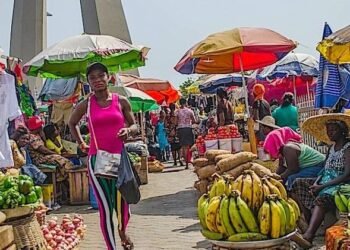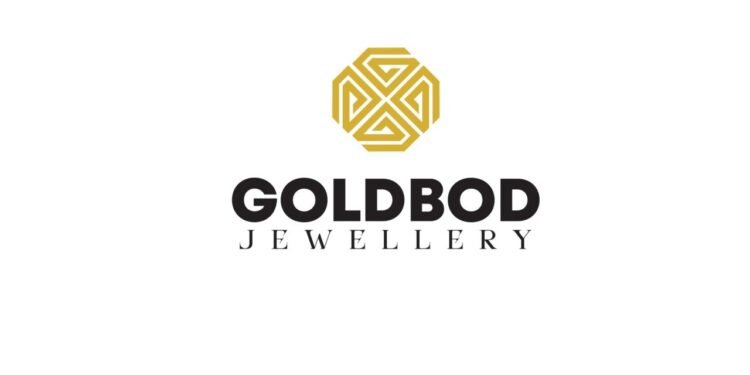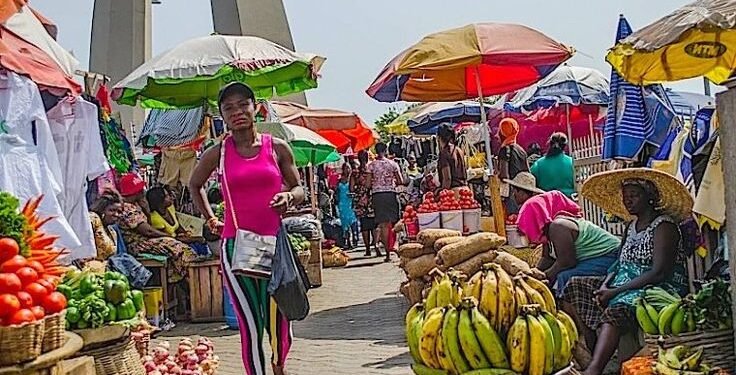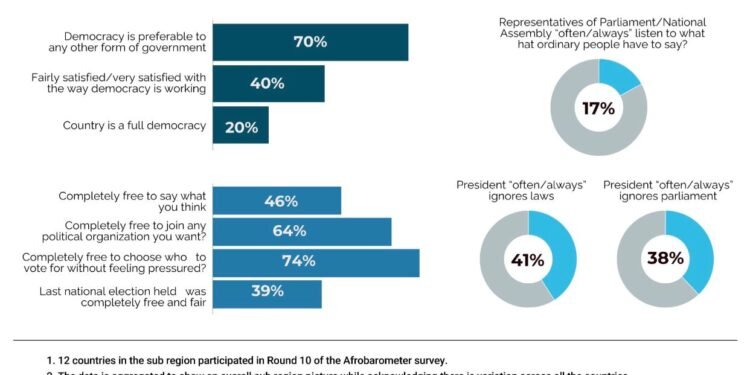Average consumer prices have risen for the third consecutive month in August after falling to a year-long low of 7.5 percent in May this year.
According to the Ghana Statistical Service (GSS), August recorded a year-on-year inflation rate of 9.7 percent. This is 0.7 percentage point higher than the rate of 9.0 percent recorded in July 2021.
The overall Consumer Price Index (CPI) for August 2021 was 131.7 relative to 120.0 recorded in the corresponding month of 2020. In absolute terms, the inflation rate is marginally lower than 10.5 percent recorded in August 2020. Last year’s inflation was however, influenced by the rippling effects of the aftermath of the lockdown. The current inflation rate is higher than the average of 9.5 percent between September 2020 and August 2021.
Meanwhile, month-on-month inflation between July and August 2021 was 0.3 percent. This is 1.3 percentage points lower than the 1.6 percent recorded in July. Moreover, the current month-on-month inflation is a percentage point lower than the 1.3 percent recorded in June.
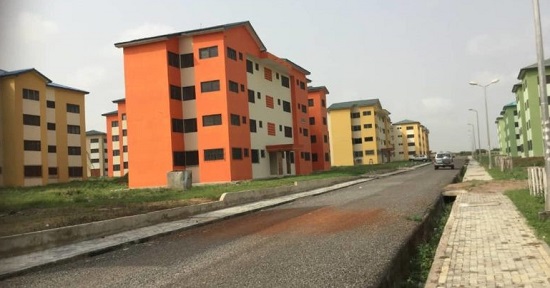
Three sub-classes recorded higher inflation rates than the annual inflation in August. The Housing, Water, Electricity and Gas sub-class recorded the highest year-on-year inflation rate of 15.2 percent in August. Transport continue to exert much pressure on average prices in the country. The transport sub-class recorded an Inflation rate of 12.8 percent, higher than the average of 8.6 percent between September 2020 and August 2021. Also, Food and Non-Alcoholic beverages recorded an inflation rate of 10.9 percent
Food Inflation
Worryingly, food inflation has gone up significantly over the past one month. This could reflect the shortage in some of the staple foods such as maize which resulted in price hikes. According to the GSS, Food inflation was 10.9 percent in August, a 1.4 percentage point higher than 9.5 percent recorded in July. Also, it is 3.6 percentage points higher than June which recorded 7.3 percent food inflation.
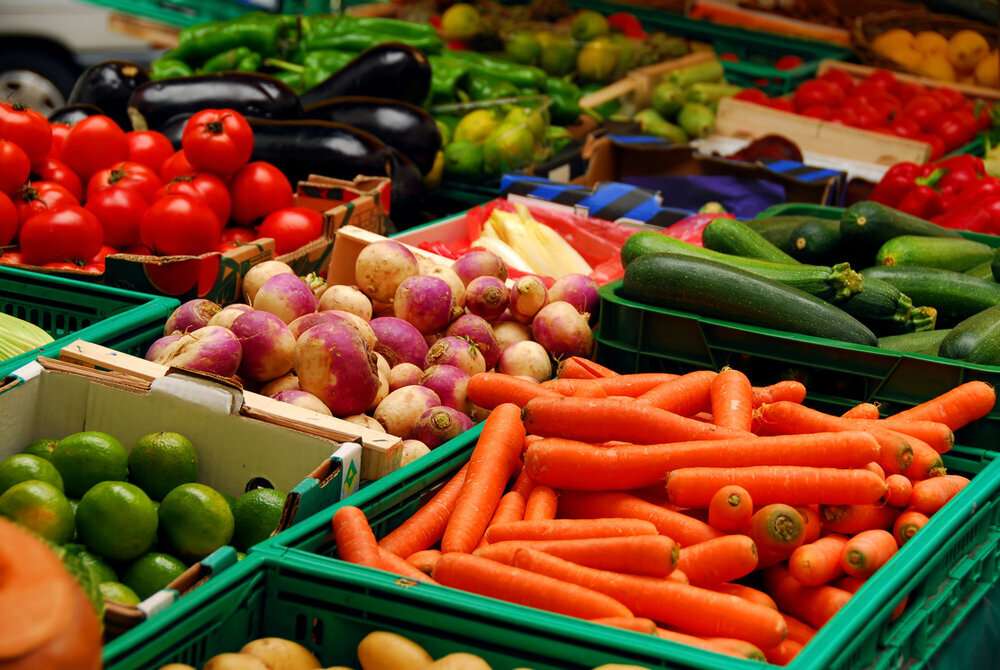
Additionally, this is higher than the average of 10.4 percent over the last 12 months. Meanwhile, month-on-month food inflation was 0.2 percent in August 2021.
Non-Food Inflation
The rise in average prices of the commodities also reflected in the Non-food inflation basket. Non-food commodities recorded an inflation rate of 8.7 percent compared to 8.6 percent in July. It is also higher than the 6.2 percent recorded in June. However, it is still below the average over the last 12 months of 8.8 percent. Nevertheless, the month-on-month Non-Food inflation declined to 0.3 percent in August, from 1.3 percent recorded in July.
Local and imported inflation
Furthermore, inflation for imported goods rose by 1.0 percentage points to 8.1 percent in August, from 7.1 percent in July. Since declining from 7.3 percent in May to 7.0 percent in June, inflation for imported good continue to rise. This could possibly reflect the impact of the third wave of the virus in most of the economies across the globe.
Conversely, inflation for locally produced items recorded a massive jump to 10.3 percent in August 2021. Inflation for domestically produced goods was 9.4 percent in July after it rose from 7.9 percent in June 2021. Since May this year, inflation of locally produced goods have been on the rise. This is running counter to the country’s quest to encourage the patronage of made in Ghana products. The recent price developments further casts doubt on the likelihood of the government meeting its inflation target of 8.0% this year.
READ ALSO: Ghana’s imports from industrialized economies on the rise




